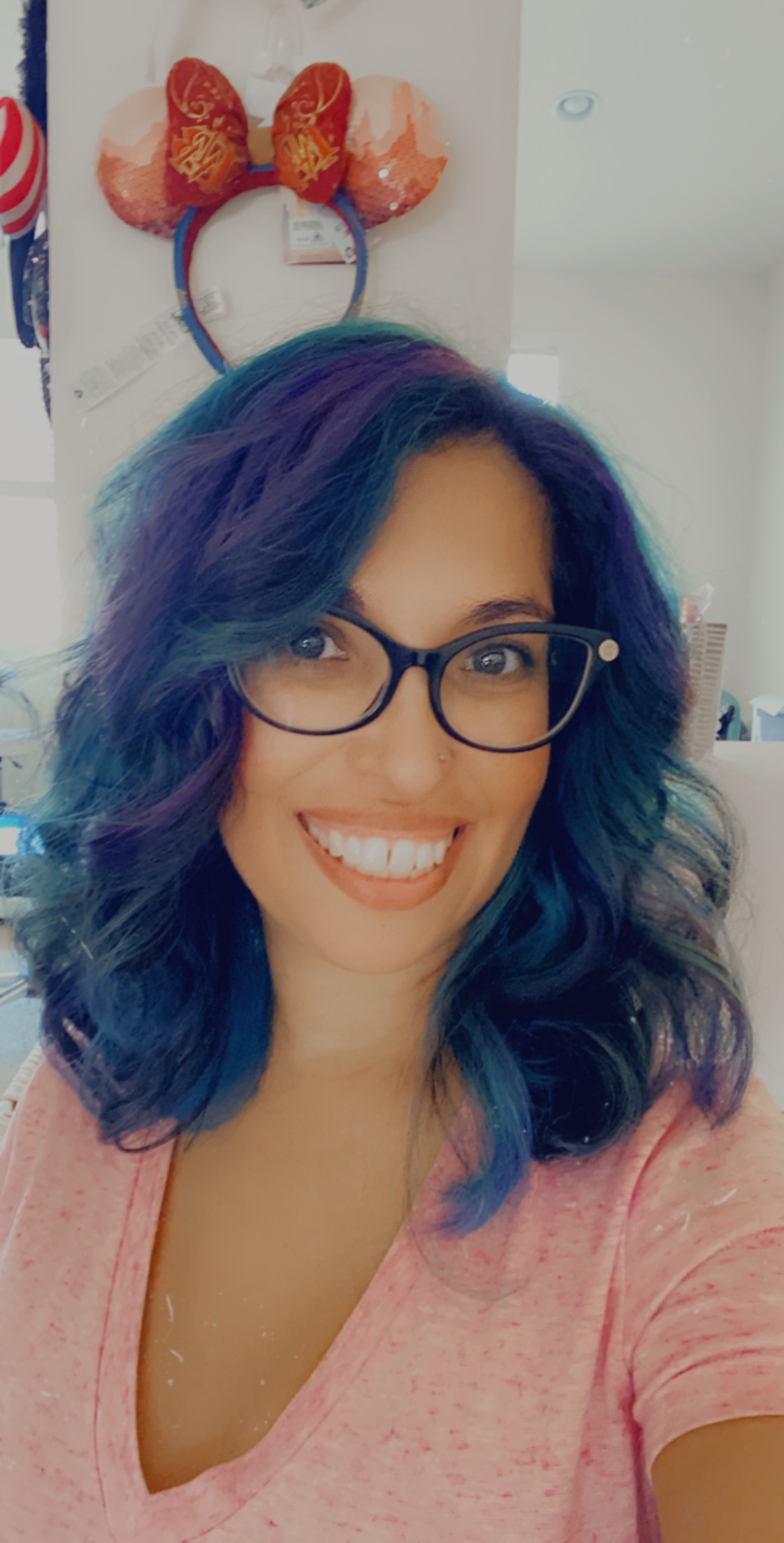Unveiling the Benefits of Neuroaffirmative Social Stories for ADHD, Autism, and More
- Marisol Matos
- Nov 5, 2024
- 3 min read
The landscape of education and personal development for neurodiverse individuals has been enriched by the innovative concept of social stories. These personalized narratives are designed to help individuals with ADHD, Autism, Dyslexia, and other neurodiverse conditions better understand and manage social situations. In this blog post, we're going to explore the power of Neuroaffirmative Social Stories and how they can transform lives.

Introduction to Social Stories
Social stories are short, descriptive narratives that illustrate various social situations, providing guidance on expected behaviors and responses. Originally developed by Carol Gray in the early 1990s, these stories have proven effective in helping individuals with autism spectrum disorders decipher and engage with the world around them.
What Are Neuroaffirmative Social Stories?
Neuroaffirmative Social Stories take the original concept a step further by incorporating neurodiversity-affirming perspectives. These stories celebrate the unique cognitive styles of individuals while promoting a sense of empowerment and belonging. They are crafted to acknowledge the strengths and challenges of neurodiverse individuals, fostering an inclusive environment for growth.
Unique Benefits for ADHD, Autism, Dyslexia, and Neurodiverse
Conditions
Neuroaffirmative Social Stories offer numerous benefits tailored to the needs of neurodiverse individuals:
ADHD Empowerment: By providing structured scenarios and clear expectations, these stories help individuals with ADHD improve their focus and impulse control.
Autism Education: Social stories offer a safe space for autistic individuals to explore social cues and develop effective communication strategies.
Dyslexia Support: Through visual aids and simplified language, these stories enhance reading comprehension and boost confidence for those with dyslexia.
Inclusivity for All: Neuroaffirmative Social Stories cater to various neurodiverse conditions, empowering individuals to understand and manage unique cognitive processes.
How Do Neuroaffirmative Social Stories Differ?
Unlike traditional social stories, which may unintentionally reinforce conformity, Neuroaffirmative Social Stories prioritize inclusivity and empowerment. They emphasize understanding and accommodating diverse cognitive styles, promoting self-esteem and a sense of belonging within the neurodiverse community.
Empowerment and Self-Esteem through Neuroaffirmative Social Stories
These stories play a pivotal role in enhancing self-esteem and understanding for neurodiverse individuals. By acknowledging their strengths and providing tools for effective communication, Neuroaffirmative Social Stories empower individuals to thrive in various settings.
Real-Life Success Stories
ADHD Transformation: A high school student with ADHD significantly improved their organizational skills and academic performance after engaging with Neuroaffirmative Social Stories designed to aid focus and planning.
Autism Communication Breakthrough: A young adult with autism developed improved communication skills and successfully integrated into a new work environment through personalized Neuroaffirmative Social Stories.
Dyslexia Confidence Boost: A dyslexic student experienced enhanced reading comprehension and confidence by incorporating these stories into their daily reading routine.
Community Inclusivity: A community-based support program adopted Neuroaffirmative Social Stories, leading to increased engagement and inclusivity among neurodiverse participants.
Creating and Accessing Neuroaffirmative Social Stories
Here are some practical tips for creating or accessing these stories:
Understand the Individual: Tailor stories to the unique cognitive styles and interests of the individual.
Incorporate Visual Aids: Use images and charts to support understanding, especially for those with dyslexia.
Utilize Technology: Digital platforms can enhance engagement and accessibility.
Collaborate with Experts: Work with educators and therapists to ensure stories are effective and supportive.
Conclusion
The need for neurodiversity-inclusive education and support is ongoing, and Neuroaffirmative Social Stories play a vital role in this movement. By celebrating the unique strengths of neurodiverse individuals, these stories offer a pathway to empowerment and understanding.
We encourage you to share your experiences with Neuroaffirmative Social Stories and join the conversation within the neurodiversity community. Together, we can create a more inclusive and supportive world for all.
In the words of Temple Grandin, “The world needs all kinds of minds.” Let's continue to empower each one through empathy, understanding, and innovation.
For further insights and support, consider exploring resources from experts like Dr. Tony Attwood, who advocates for neurodiversity in education and beyond.
Subscribe to Our Newsletter
Join our supportive community by subscribing to our newsletter today. By subscribing, you receive exclusive access to a complimentary Neuroaffirmative Social Story designed to help you or your loved ones navigate social situations with confidence and ease. Additionally, you'll stay informed with up-to-date news on our members-only Social Story Library, where new and innovative stories are frequently added. This ever-evolving resource offers empowering tools tailored to nurture growth and self-esteem. Be part of this empowering movement, and let us support you on your journey towards understanding and embracing neurodiversity. Subscribe now to make a positive impact and bridge towards a more inclusive future.







Comments